Guest writer: Björn Erik Gustavsson
An elderly woman at the newsagent's at Chemnitz central station snorts loudly as the person in front of her gets her cigarettes and leaves.
-Did you see? Typical young people to be so impolite. In the GDR days it was different.
Between 1953 and 1989, the city was called Karl-Marx-Stadt and was located in East Germany. In autumn 1989, the Iron Curtain fell - and shortly afterwards Chemnitz became Chemnitz again.
Next year, the city will be the European Capital of Culture. The official opening ceremony and street parties will take place on 25 January.

Chemnitz - located on the edge of the mineral-rich Erzgebirge mountains - was long one of Germany's most important industrial cities, specialising in textiles and machinery manufacturing. But since the 1990s, as the formerly 'people-owned' industries have been privatised, many factories have closed down - or laid off most of their workers. The Capital of Culture designation could mean a lot for a city that has been looking for new ways forward since the 1990s.
This year's major German tourism fair, GTM, was held in Chemnitz. Representatives of local tourism organisations stressed that much of the cultural investment had been made in dialogue with the local population and that they were keen to invest in things that would also benefit the city in the long term.
Lots of preparations are underway. At least 100 projects and 1,000 events are planned. And on a 26-hectare site, Germany's largest railway museum is being built. Local tourism authorities expect at least two million visitors next year.
Find out more about the upcoming Capital of Culture year at www.chemnitz2025.de

A steam engine started operating in Chemnitz as early as 1822, and during the 19th century the population tripled here in the 'Manchester of Germany'.
Large parts of the city centre were completely destroyed by Allied bombing towards the end of the Second World War. The part of Germany that fell within the Russian sphere of influence was transformed into the communist DDR, Deutsche Demokratische Republik.
The factory town of Eisenhüttenstadt was designated a 'model socialist town' and named Stalinstadt in 1953. In the same year, Chemnitz was renamed Karl-Marx-Stadt. The bombed-out inner city was scraped clean to be reborn as a kind of communist ideal city, characterised by wide avenues and mammoth Soviet-style buildings.
Today's Chemnitz is reminiscent of Berlin, with its varied buildings: different historical eras are reflected in a broken and varied urban landscape. The suburbs - which escaped the devastating bombings of spring 1945 - feature beautiful patrician villas and areas characterised by late 19th-century utopias of the garden city - but also factory buildings, Art Nouveau houses and bold Bauhaus modernism.
Huge shopping malls have sprung up alongside East German parade grounds, with murals remaining - idealistically illustrating the success of the workers' state.

The tour guide tells us that in the autumn of 1989 he travelled to Hungary and from there fled to the West: in the middle of the night, they swam across the Danube and managed to enter Austria undetected. Today he is back in the city: Karl-Marx-Stadt, now Chemnitz, in another country: united Germany.
In the 1930s, up to 400 000 people lived here, but after the World War, communism and large-scale emigration, the population is now down to just under 250 000.
In the best case scenario, the Capital of Culture year can pump in new hope for the future. With comparatively low house prices and the potential to convert old industrial premises, Chemnitz could become increasingly attractive to young people, entrepreneurs and artists in particular.
The potential is there.
Traces of the GDR era are still visible in the cityscape. The Karl Marx statue, created by a Soviet artist and standing on a plinth of granite from Ukraine, dominates the Brückenstrasse avenue. The text in the background, in many languages, calls on all workers of the world to unite.

The environment around the Stadthalle and the neighbouring congress hotel is a time machine: it takes you back to the urban development dreams of the early 1970s. The same goes for the huge Fritz Heckert housing estate: a uniform, concrete-dominated neighbourhood built to house 90 000 East Germans.
The city has many attractions. As well as art museums, the grand Industriemuseum illustrates how little Chemnitz became one of the country's largest and most important industrial cities in the 19th century. The Haus der Archeologie, housed in a 1930s functionalist department store, shows the region's earliest history, and the stylish Stadtbad bathhouse, a mix of modernism and neoclassicism, has been kept intact. When it opened in 1935, it was advertised as 'Europe's largest and most beautiful indoor swimming pool'.
Some have survived both Nazism and Communism - such as the city's vibrant Goethe Society, which still organises exciting cultural programmes and hosts an annual 'summer party in the green'. The party takes place on 28 August - Goethe's birthday.
Visitors interested in culture should not miss the Opera House. Originally opened in 1909, rebuilt after the war and in its present form from 1992. It hosts opera, theatre, ballet and concerts.

Chemnitz is surrounded by a rolling pastoral landscape of ancient villages, forests and mountains, including many hiking trails. A range of hiking trails are available for those who want to enjoy this Caspar David Friedrich-romantic landscape. An idyllic little town down the Czech border is the high-altitude old mountain town of Annaberg, since the 16th century the centre of extensive mining. And in nearby Zwickau, you can visit one of the country's largest car museums, the August Horch Museum, where the first Audi cars were built, as well as the later two-stroke Trabant. There's also an exciting Robert Schumann Museum in town.
Text and photo: Björn Erik Gustavsson










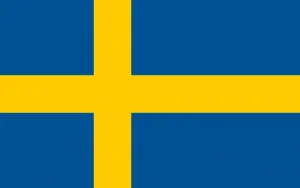
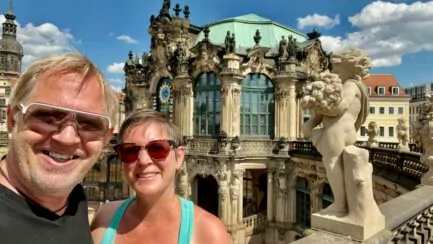
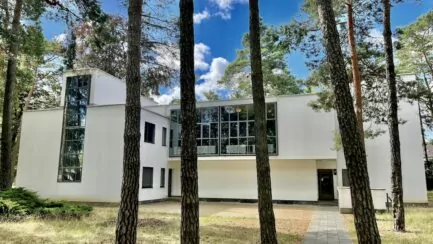
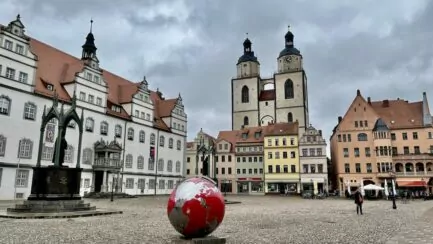
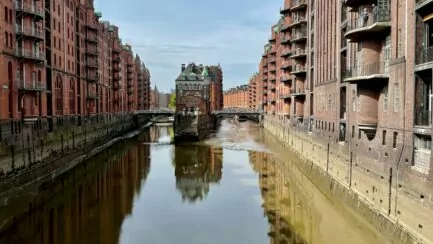
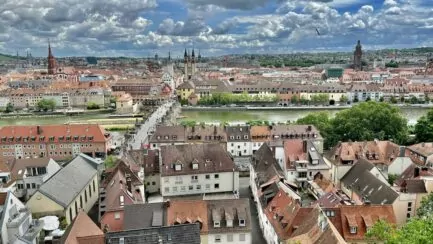
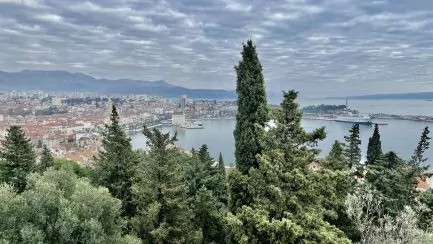



Anna Nilsson Spets says:
Very interesting post about a place unknown to me,
Welcome to the community of guest bloggers.
Anna
15 August 2024 - 6:05
Only British says:
And a bit outside is little Zschopau where MZ motorcycles were produced which unfortunately did not survive the dissolution of the GDR although they were quite popular in the West. My husband had a couple and there were several English MZ clubs. One member of a GDR club told his English MZ friends that he had crossed the border into the West before our news here picked up that the border had opened. One shudders...
15 August 2024 - 21:02
Monica says:
Very interesting post and reminder of how the world is and always has been. But people picking themselves up again and building on the future, is fascinating because no one knows if it can be done, but must be done.
I'm glad it's going to be a Capital of Culture.
And it is clear again that so much in Sweden has been built in the old Soviet style in large residential areas throughout the country.
16 August 2024 - 10:59